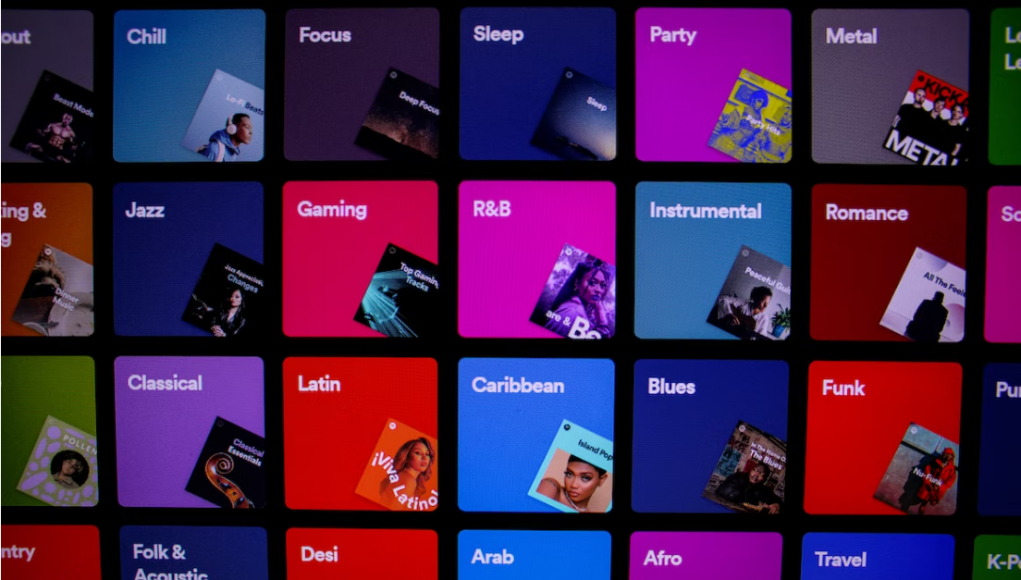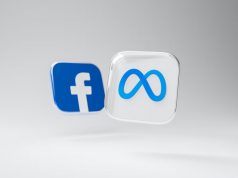We live in a world where everyone wants Spotify playlist streams but when the line between success and fraud becomes blurred our dreams of a level playing field quickly disappear.
Earlier this week, I spoke with Will Carpenter from Ships Have Sailed an independent band who recently had their music removed from Spotify after claims of ‘suspicious streaming’. While their music was restored, their income remains lost. In this article, we question how Spotify can regain control of its runaway ‘streaming’ car and conclude Spotify has to start with the playlist scammers, not the artists.
Spotify our ‘white knight’
When Spotify launched in 2006, it was seen as the white knight, here to save the music industry from piracy and illegal streaming. While the benefit to the record labels and rights owners was obvious, independent artists were also holding their breath. Could Spotify also provide an alternative to radio, finally levelling the playing field with the opportunity for truly democratised music discovery? Quick answer. No.
So where did it go wrong?
Sadly, our capitalist spirit and demand for more was always going to corrupt a model where success was measured on volume. It didn’t take long for people to start finding ways to game the system.
Let’s be honest gaming the system isn’t new, as long as there has been a music industry it’s been happening. Have you heard the one about the record label exec buying copies of their own artists’ CDs to ensure they chart, or the one about the label execs boosting their own artists’ hype on blog aggregator Hypemachine? It’s always happened, and let’s be clear the major labels have more to win and lose than the unsigned artists!
Back to Spotify… In the first wave of attacks, we saw the ‘Spotify Plugger’ emerge. “Pay us your money and we’ll pitch your music to Spotify Playlist teams” they promised. Sadly very few, if any actually had any power to influence Spotify editorial playlists. Spotify successfully repelled this wave and killed this fledgling industry by allowing every musician to pitch to their editors directly. Unfortunately, that was only the start of the battle.
The second wave
With official channels locked down, the focus switched to the independent playlisters. Connecting musicians to music-hungry playlisters seemed like a good idea. However, the innocence of these connections was soon corrupted with requests for payment, and artificially boosted streams driven by bots and computer scripts.
This is where it all gets a little murky.
- When does a good amount of streams become too many?
- When does success become unbelievable?
- What is success and what is fraud?
Personally, I find it unbelievable that nice man / average talent Ed Sheeran has had over 1bn streams for that turgid, wretch of a song ‘Galway Girl’ but in this case, success is not questioned.
Meanwhile, Ships Have Sailed received the email that every musician dreads. After driving several hundred thousand streams of their latest album ‘Ages’ Spotify deemed the streams suspicious and the album was removed. After a long battle, the album was finally reinstated.
Spotify’s own internal investigation concluded the duo had none nothing wrong. Yes, they had used independent playlist services including SubmitHub, but there was no evidence of wrongdoing.
However, despite reinstating the album, Spotify stripped Ships Have Sailed of around 600,000 streams and the resulting income of around (£2,064) Which leaves you wondering where is the fraud now?!
Ships Have Sailed are continuing to fight for their lost income, and recently wrote an open letter to Spotify founder Daniel Ek which I would encourage you to read and share here.
I don’t know about you, but I’ve watched The Wire enough to know that when it comes to crime, you have to start at the top, not the bottom. After all, McNulty and co didn’t take Stringer Bell off the streets by arresting corner boys and hoppers!
Based on the discussion with Ships Have Sailed here are four things we believe Spotify could quickly do to regain control:
1. Publish the number of monthly Spotify playlist listeners
90% of the playlist fraud would disappear overnight if Spotify just published the number of monthly playlist listeners alongside the follower numbers. When you consider that every artist profile contains this number you have to ask why the same isn’t true of playlists. The answer is influence and power. If you realised most Spotify playlists have followers, yet very few listeners, the business model suddenly becomes far less attractive to the music industry.
So right now musicians only know how many streams a playlist has driven for them after they have paid to be added. Any artist that has used playlist promotion will recognise the moment when you eagerly look at your stats to discover the impact of a playlist.
There are three possible outcomes
- It’s driving a good number of streams
- It’s not driving any streams
- It’s driving a suspicious number of streams!
When you consider two of three scenarios are bad, this doesn’t feel like a great solution! Walking the perceived line between good and suspicious becomes a tightrope.
2. Require login or Captcha authentication before any stream
Spotify has made it easy for music fans to share music and that’s great. We couldn’t run a music blog if we didn’t have the option to embed their music players in our articles. But these embeds leave Spotify open to corruption because anyone or anything can listen.
When I want to share a show I love on Netflix the service generates a link for me to share. Anyone that clicks it is required to sign in to watch, but with a Spotify embed there is no authentification. Just by securing their system with a Captcha, they could lock out the bot clicks and fake streams.
3. Ban and remove fraudulent Spotify playlists
Spotify is a data business, they know everything about who, where, and what people listen to. Armed with this data they know when a playlist gains 20,000 new followers in a day. Or when a playlist always gains exactly the same number of listeners every day, so non-action is unforgivable. You have to conclude that Spotify chooses to turn a blind eye, because it suits them to perpetuate the illusion of scale.
Playlist pitching services like PlaylistSupply are also happy to turn a blind eye. Despite monitoring playlist numbers every day and identifying suspicious activity, these playlisters stay on their database. Why? Because selling a database with over 4 billion listings is way easier than selling a database with 20,000 listings.
4. Give artists a way to market to their followers and listeners
This could actually be the root of all the problems. Musicians grow a following on Spotify, and while their monthly listeners and followers grow, musicians have almost no way to connect to these people to keep them engaged or tell them about a new release. Faced with this challenge is there any wonder they turn to external playlisting services and Facebook retargeting ads to try to turn listeners into engaged fans?
Marquee (Spotify’s own on-platform ad system) launched too much fanfare but seems to have sunk without a trace. It’s still not widely available or used and those people that have used it report sky-high conversion costs. Although let’s face it when you earn 0.00344p per stream your cost of acquisition is always going to lose you money. Back in the glory days before IO14, you could conceivably convert for 8p but those days are long gone.
But Spotify doesn’t need to develop an elaborate or expensive advertising system, just having the ability to identify and message listeners would be a step in the right direction. Let’s not forget these people have chosen to listen and follow, they can always opt-out.
What do you think, is there anything else you think Spotify should be doing to solve this problem?
Discover more on RCM
- Five reasons why music PR consistently fails unsigned musicians
- Music Marketing vs Music Promotion Avoid These Three Mistakes
- Unsigned Bands: Should Stop Wasting Money On Radio Pluggers
- Free Music Marketing Training For Independent Artists
Words Mark Knight







